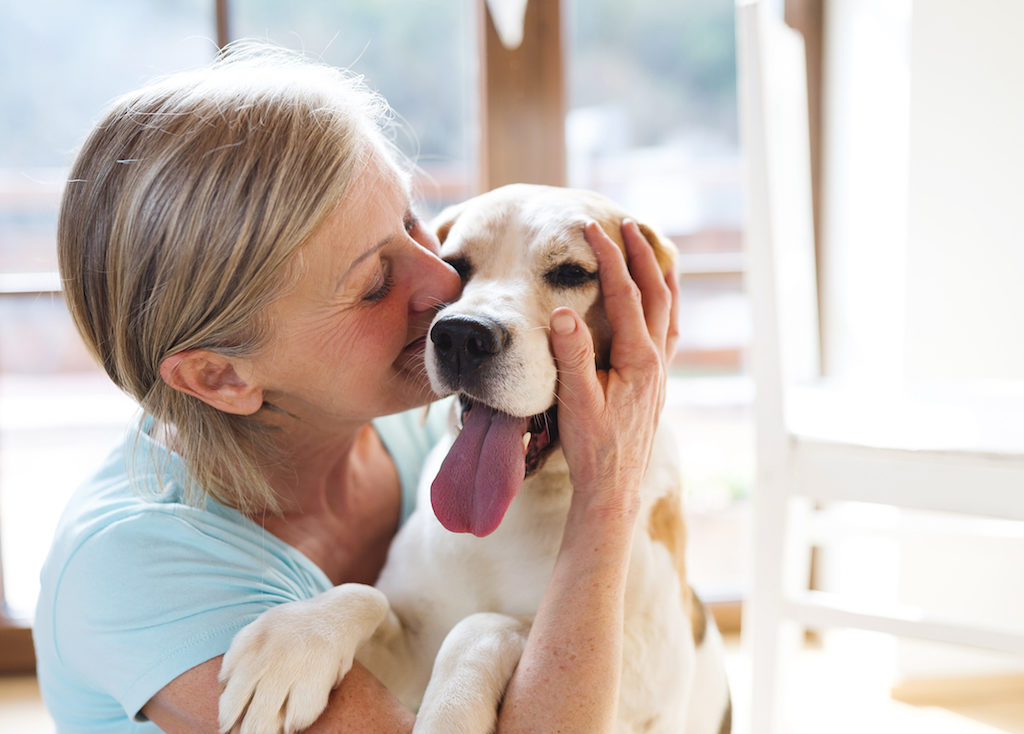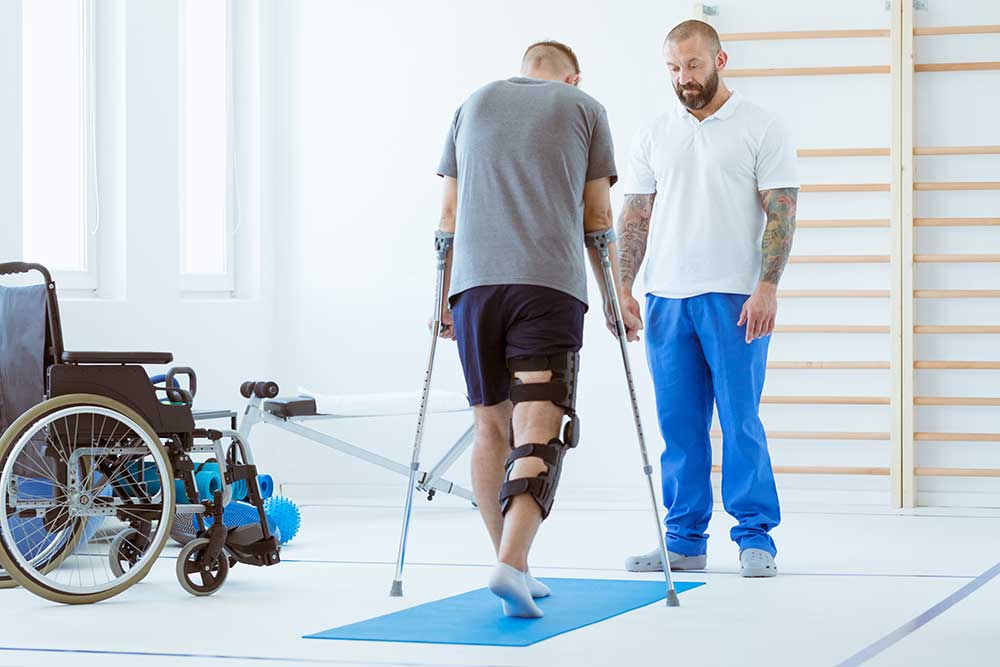Survivors of trauma, illness or injury often find comfort and support from companion animals during the process of brain rehabilitation. From the daily comfort of your own dog or cat to specially trained animals for therapy and assistance, dogs, cats, horses, birds and other animals can provide confidence, relieve loneliness, provide motivation or assistance with walking and other movement, and generally give a sense of purpose to life.
Studies have shown that pet ownership has psychological benefits
Interacting with a pet has been linked to lower blood pressure, increased exercise, and stronger immune systems. Pet owners tend to be less lonely, have higher self-esteem, be more extroverted, and harbor less fear about getting close to other people.
For those in recovery from brain injury or stroke, an animal can boost recovery efforts. A pet can provide:
- Relief from loneliness. Having a stroke or brain injury can be an isolating experience. If the survivor also has aphasia, it may feel difficult to communicate with other people. An animal provides comfort, company and stimulation, as well as a pathway to a less isolated life.
- Lessening negative emotions. Brain rehabilitation is difficult and can take an emotional toll on survivors. Pets offer acceptance, love, and motivation. Even just petting an animal can provide a calming and comforting effect that may help with mental health.
- Motivation to move. A pet can provide an incentive for survivors to work rebuilding walking ability. Clinicians report seeing patients walk further with a dog on a daily walk, than without, because they are distracted by the dog and aren’t aware how far they are walking. In addition, activities like brushing a pet, feeding them treats, and putting a leash on and off can act as exercises to help increase motor recovery.
- Help with aphasia. Pets may encourage individuals with aphasia to try to communicate. When out and about with a dog, for example, a pet is a great conversation starter, giving survivors more opportunities to practice talking with strangers.
- A sense of purpose. Pets may provide the comfort, confidence, and motivation survivors need to keep up rehabilitation.
Not just for emotional support
As described above, household pets can provide significant support during brain rehabilitation, but in addition, there are specially trained service and therapy animals who may provide additional assistance, depending on the needs of the survivor. Service animals may fall into the following categories:
- Service animals. Usually dogs (or even miniature horses) who are trained to help people with disabilities such as visual impairments, mental illnesses, seizure disorders, or diabetes. In a person recovering from a brain injury, a service animal may provide assistance with balance or walking. Service dogs often live with their humans, and may enter environments otherwise closed to animals, such as restaurants, by right of the Americans with Disabilities Act.
- Therapy animals. Also known as AAT – animal-assisted therapy – these animals (usually dogs) are trained to provide comfort and affection to people in schools, hospitals, and clinics. One therapy animal may serve many people in a therapeutic setting.
- Emotional support animals. Known as ESAs, these trained animals may provide therapy through companionship. You can think of ESAs as pets who have the right to enter some environments otherwise denied to animals, such as airplanes, upon following proper procedures.
Resources for learning more about about service animals, ESAs and AAT





Customer Reviews
Thanks for submitting your comment!